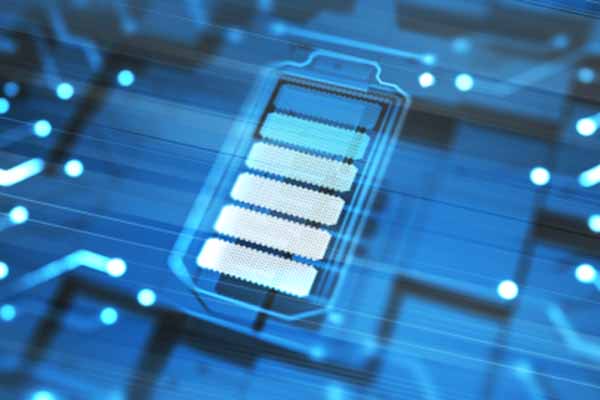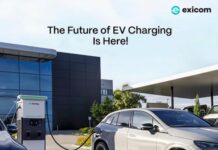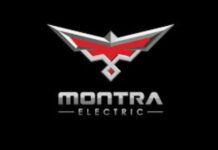In recent months, the EV industry has gained a lot of attention because of fire accidents making the authorities & industry thought leaders highlight the need for stronger safety measures and checks on the two-wheelers. This has led to a significant rise in conversations around the options and arrangements of electronic components used in the battery charging ecosystem of the vehicle.
The EV battery pack which comprises multiple battery cells and a Battery Management System (BMS) is the heart of Electric Vehicles. The BMS manages rechargeable batteries and ensures that they operate efficiently and safely. The circuit board of a BMS which includes several electronic components contributes toward increasing the ambient temperature of a battery pack. This entire mechanism works in a confined space, thus making heat management an important prerequisite for ensuring vehicle safety.
Taking the recent incidents and technological challenges into consideration, it is imperative to improve the cooling mechanisms to address the heat management issues inside the battery pack. One way of doing this is to use superior electronic components that emit lesser heat and thus require a smaller number of accessories to cool the system.
DC Power Relays are used in electric and hybrid four-wheelers extensively and it’s time that the growing EV two-wheeler industry also starts to use them for more applications. It is recognized that the battery space designated for four-wheelers is much bigger than two-wheelers thus, making the DC power relays more suitable for bigger vehicles however, we must also note that DC power relays can also adjust to smaller spaces.
Talking about OMRON’s Automotive DC Power Relays, they offer many advantages that make them the right fit for the EV industry. To share a few:
- Compact: 70% lesser volume than conventional solutions such as contractors
- Ambient Temperature: Can handle the temperature of up to 85 degrees C
- Power Saving: 30% Less Power consumption.
- Operating Noise: 50% less operating noise
- Gas-cooled arc: High-pressure inert gas filling in the hermetically sealed chamber helps to quench the arc faster and conduct the heat more efficiently due to the high thermal conductivity of the gases.
- Magnetic arc control: By using permanent magnets, the arc can be pushed away from the contact due to electromagnetic force based on Fleming’s left-hand rule.
Household electricity storage systems & bidirectional EV charging stations can also be equipped with DC Power Relays to store and encourage a safe exchange of electricity from home to vehicle and vehicle to home but that is a topic for another occasion. To sum up, the adoption of EVs is being encouraged by the government to safeguard the environment. The need of the hour is to realize which technologies can contribute towards this with safety.
About the author:

Vinod Raphael is the Country Business Head at OMRON Device & Module Solutions Business Division, India.













